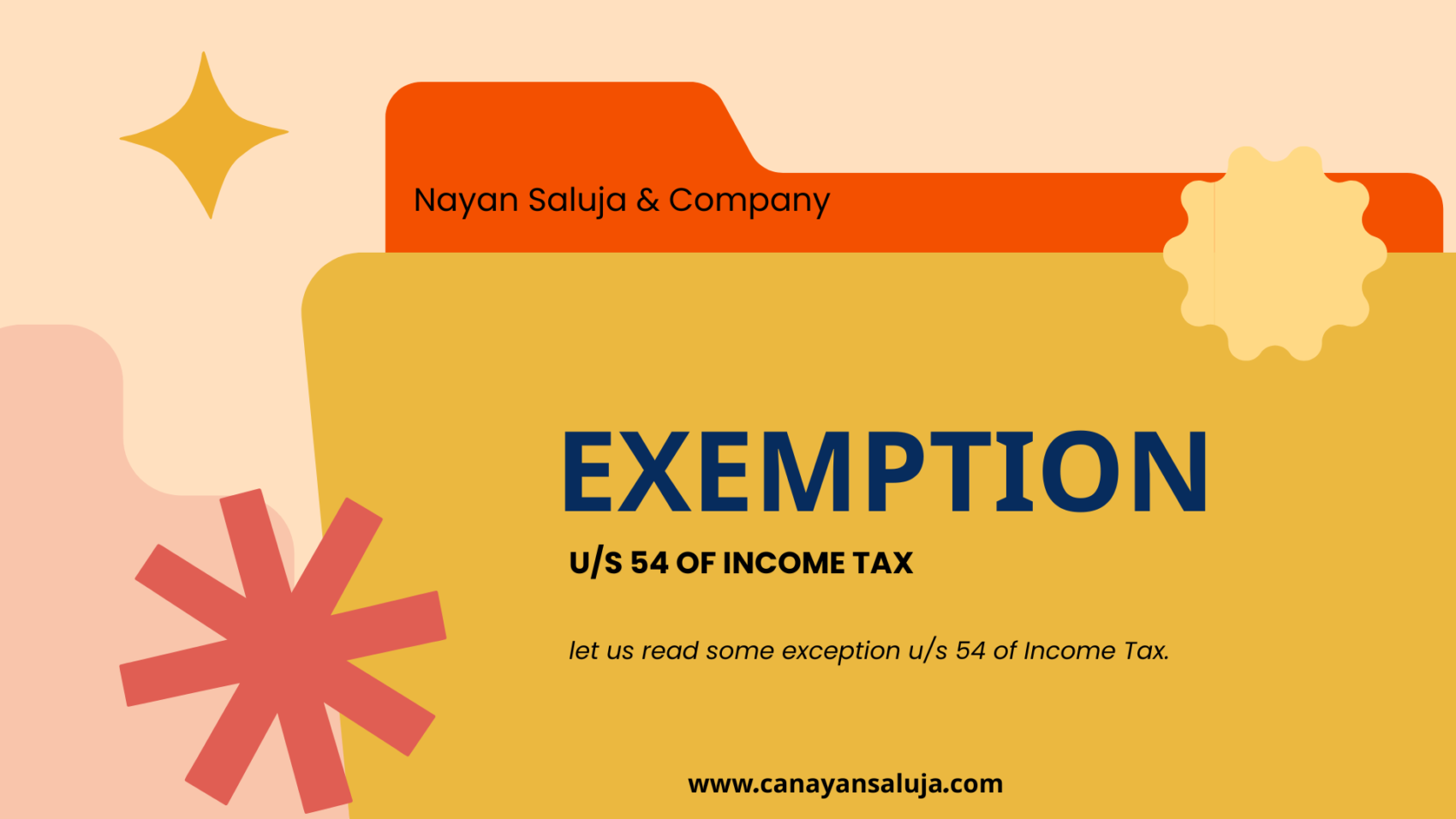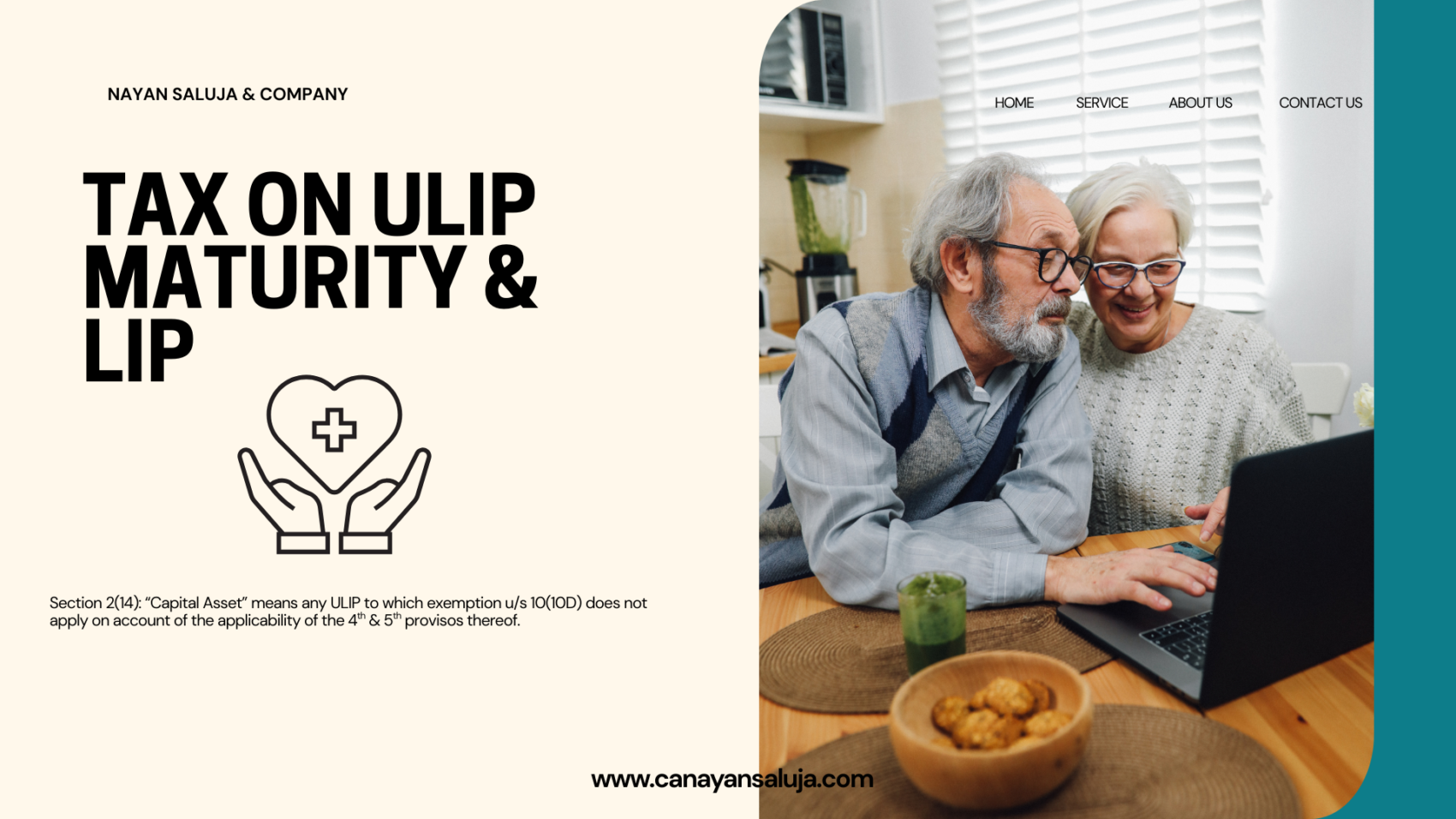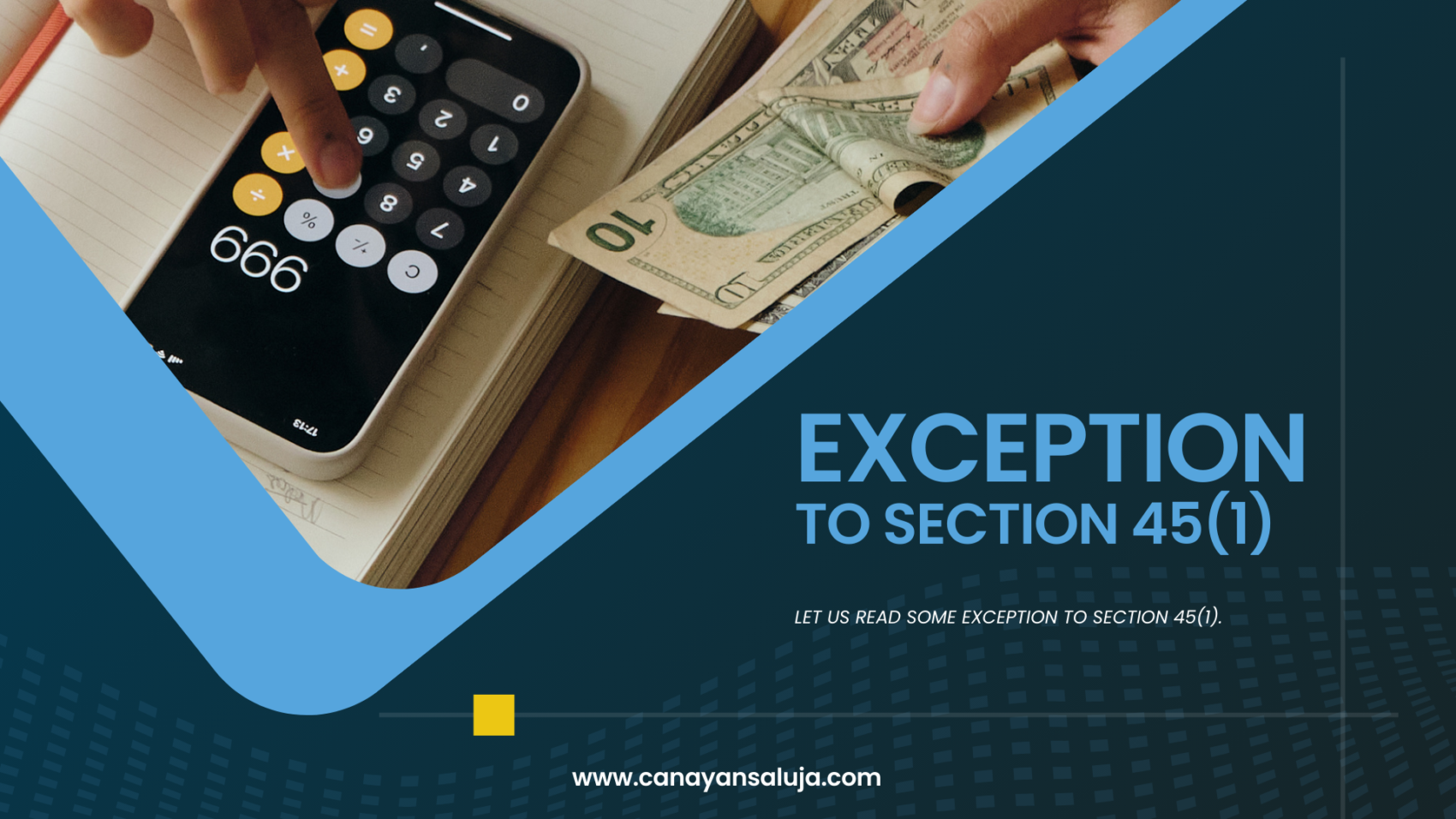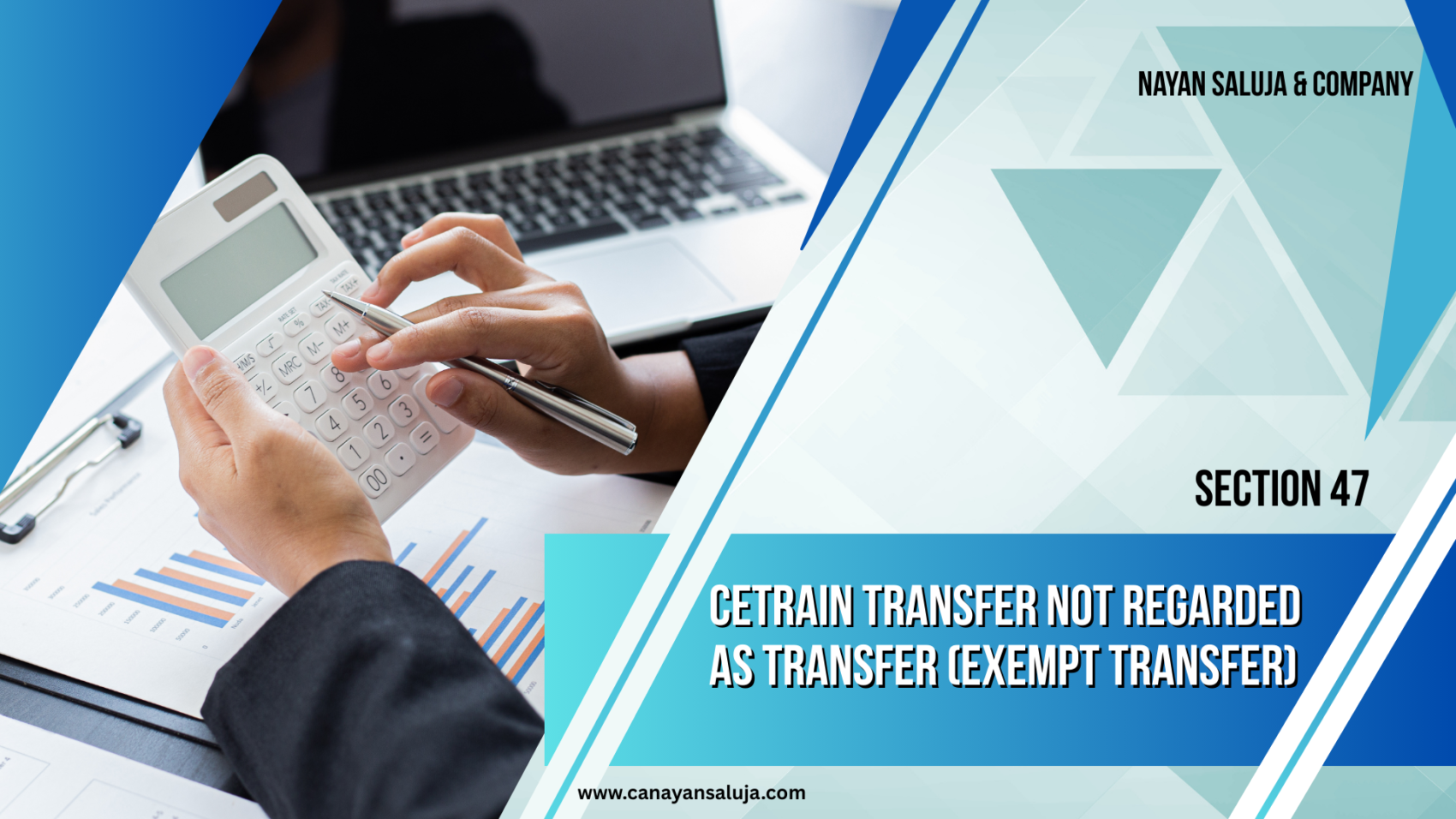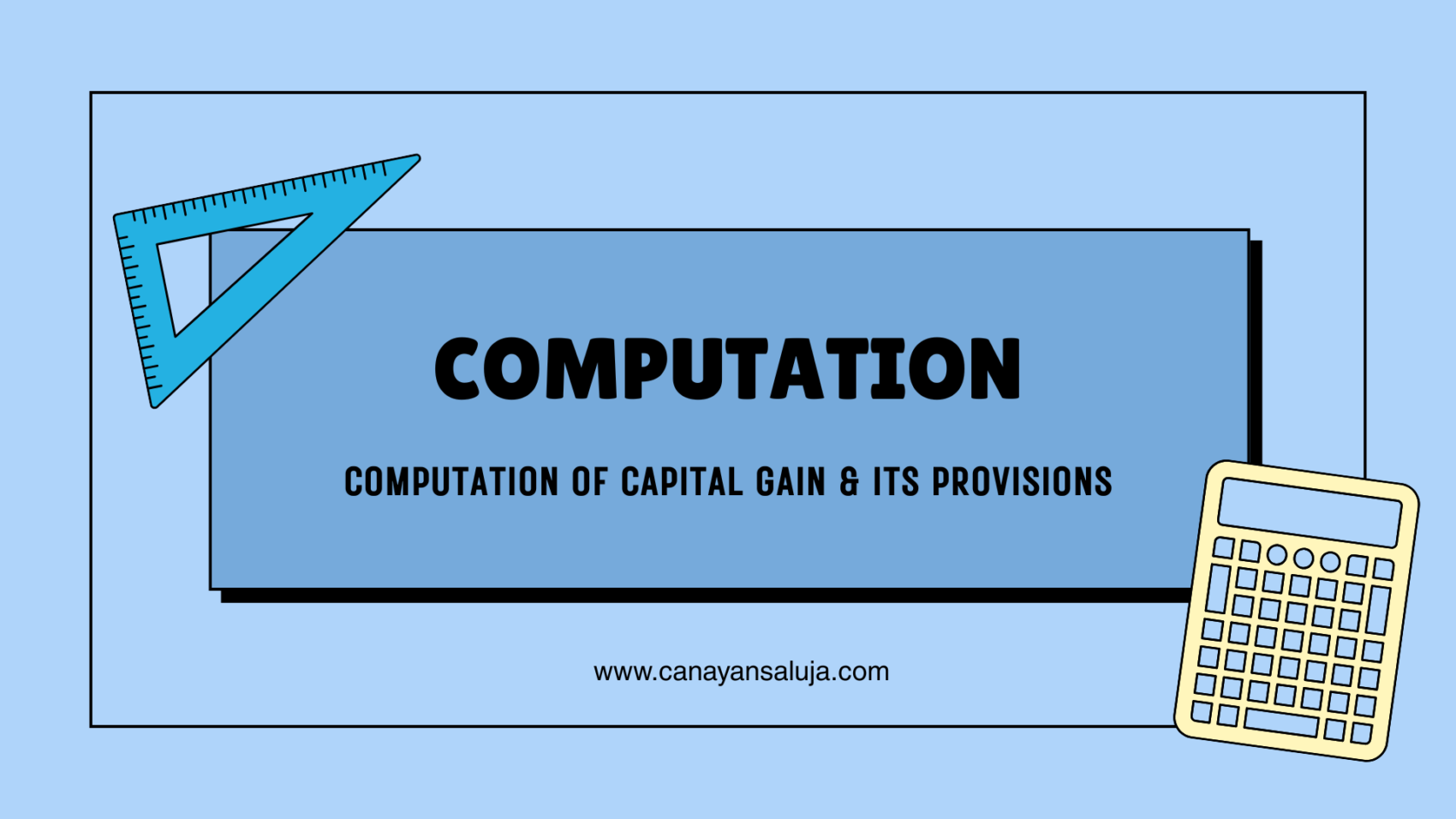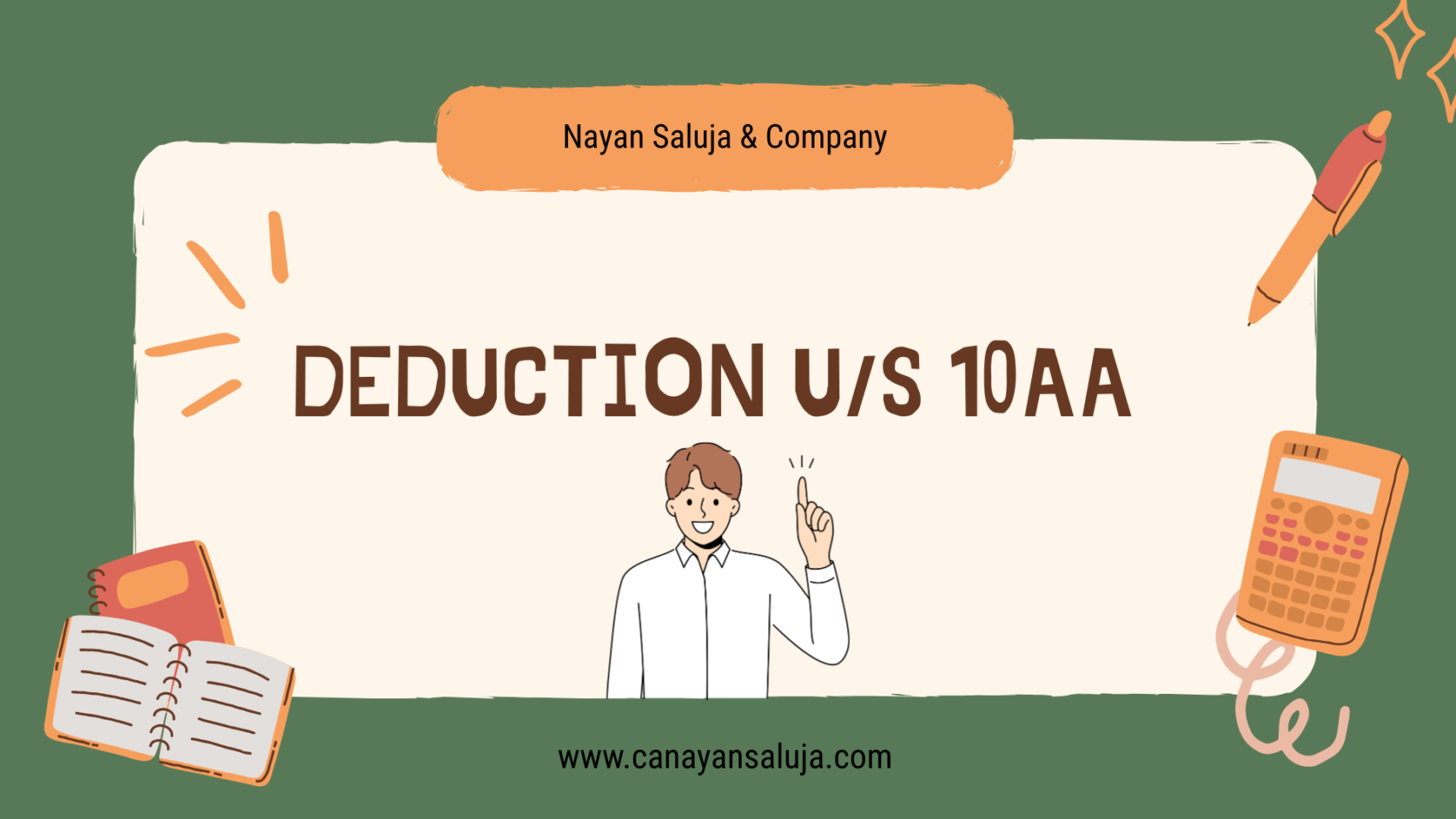EXEMPTION U/S 54EC OF INCOME TAX
When a taxpayer (i.e. all assessee’s) sells long-term immoveable property (land or building or both), they have the option to avail capital gain exemption under Section 54EC by investing in certain Bonds.
Section 54EC bonds, also known as Capital gain bonds, are fixed income instruments which provide capital gain exemption under Section 54EC to the investors.
To be eligible for exemption under Section 54EC, the taxpayer must meet the following conditions:
Conditions for claiming exemption under Section 54EC.
|
A. |
Assessee |
All assesse can claim deductions under this Section including Individual, HUF’s, companies, LLP, firms and others. |
|
B. |
Transferred Asset |
The asset being sold should be a Long Term Capital Asset, which includes land or building or both. The asset is considered as long term if the taxpayer has held it for a minimum of 24 months prior to the sale. |
|
C. |
Capital Gain on Transferred Asset |
Asset should be long term only, but the capital gain can be short term capital gain as well as long term capital gain. |
|
D. |
Asset to be Acquired |
Bonds redeemable after 5 Years issued by: • National Highway Authority of India (NHAI)
• Rural Electrification Corporation Ltd. (RECL)
• Power Finance Corporation Ltd. (PFCL)
• Indian Railway Finance Corporation Ltd. (IRFCL).
Maximum Exemption limit being Rs. 50 Lakhs within prescribed time limit. |
|
E. |
Time limit for Purchase or reconstruction |
Purchase: The assessee must purchase the capital gain bonds within 6 months from the date of transfer of original asset. |
|
F. |
Deposit Scheme |
Capital Gain Account Scheme is not applicable under this section. |
|
G. |
Amount of exemption |
i.Capital Gain
ii.Cost of New Asset
(whichever is lower)
Note: The exemption is available upto a maximum amount of Rs. 50 lakhs only (if the amount is invested within 6 months) |
|
H. |
Locking Period |
If the new asset is transferred or converted into money within 5 Years from the date of acquisition, then exempt long term capital will be taxable in the year of transfer/ conversion.
NOTE: If assessee takes any loan or advance on the security of bonds, he shall be deemed to have converted into money on the date on which such loan or advance is taken & Capital Gain exempted earlier shall be taxable. |
|
I. |
Case Laws Hindustan Unilever Ltd 2010 |
If the assessee has made the payment for purchase of bonds within 6 months from the date of transfers, exemption u/s 54EC cannot be denied merely because the bond was allotted to the assessee after the expiry of six months period. |
|
|
V.S. Dempo Company ltd. (2016)(SC) |
Section 50 deems the capital gain as Short-Term Capital Gain, it does not change the nature of asset held. Section 54EC requires the nature of Capital Asset to be Long Term Capital Asset and not Long Term Capital Gain. It does not make a distinction between depreciable and non-depreciable assets. Hence, where a depreciable asset was held for period requiring for qualifying as Long Term Capital Asset, Assessee shall be eligible for exemption u/s 54EC irrespective of the fact that the resultant gain is Short Term Capital Gain. |
Example: Mr. Rajat has an immoveable property which is sold at Rs. 70 lakhs in Financial Year 24-25 after a long term period of 42 months from the date of acquisition. The indexed cost of acquisition of the said property is Rs. 46 Lakhs and indexed cost of improvement of the said property is Rs. 10 Lakhs. Calculate the capital gain if: (i) Rs. 15 Lakhs invested in REC bonds with 6 months. (ii) Invested Rs 8 lakhs with 6 months and Rs 10 lakhs after 6 months in NHAI bonds?
Calculation of Capital Gain in case Rs. 15 Lakhs invested in REC bonds.
|
PARTICULARS |
AMOUNT |
|
Full Value of Consideration |
70,00,000 |
|
Less: Transfer Expenses |
Nil |
|
Net Consideration |
70,00,000 |
|
Less: Indexed Cost of Acquisition |
46,00,000 |
|
Less: Indexed Cost of Improvement |
10,00,000 |
|
Long Term Capital Gain |
14,00,000 |
|
Less: Exemption u/s 54EC (NOTE 1) |
14,00,000 |
|
Taxable Long Term Capital Gain |
Nil |
NOTE 1:
|
54EC EXEMPTION |
|
|
Amount invested in REC bonds (within 6 months) |
15,00,000 |
|
Capital Gain from sale of long term capital asset |
14,00,000 |
|
54EC exemption lower of above |
14,00,000 |
Calculation of Capital Gain in case Rs. 8 Lakhs & Rs. 10 lakhs invested in NHAI bonds.
|
PARTICULARS |
AMOUNT |
|
Full Value of Consideration |
70,00,000 |
|
Less: Transfer Expenses |
Nil |
|
Net Consideration |
70,00,000 |
|
Less: Indexed Cost of Acquisition |
46,00,000 |
|
Less: Indexed Cost of Improvement |
10,00,000 |
|
Long Term Capital Gain |
14,00,000 |
|
Less: Exemption u/s 54EC (NOTE 2) |
8,00,000 |
|
Taxable Long Term Capital Gain |
6,00,000 |
NOTE 2: In the give case assessee invested Rs.10 lakhs invested in NHAI bonds after 6 months that means it will not be considered for exemption under Section 54EC.
|
54EC EXEMPTION |
|
|
Amount invested in REC bonds (within 6 months) |
8,00,000 |
|
Capital Gain from sale of long term capital asset |
14,00,000 |
|
54EC exemption lower of above |
8,00,000 |
In case if the capital gain bonds are converted into cash before the period of maturity (within 5 years from date of transfer of original asset), then the amount so invested on which tax exemption was claimed, shall be taxable as long term capital gain in the year of conversion.
For Example, in above case if the bonds are transferred before the maturity date, say in the Financial Year 2026-27, then Rs. 14 lakhs and Rs. 8 lakhs as the case may be shall be taxable as long term capital gain in the Financial Year 2026-27.




